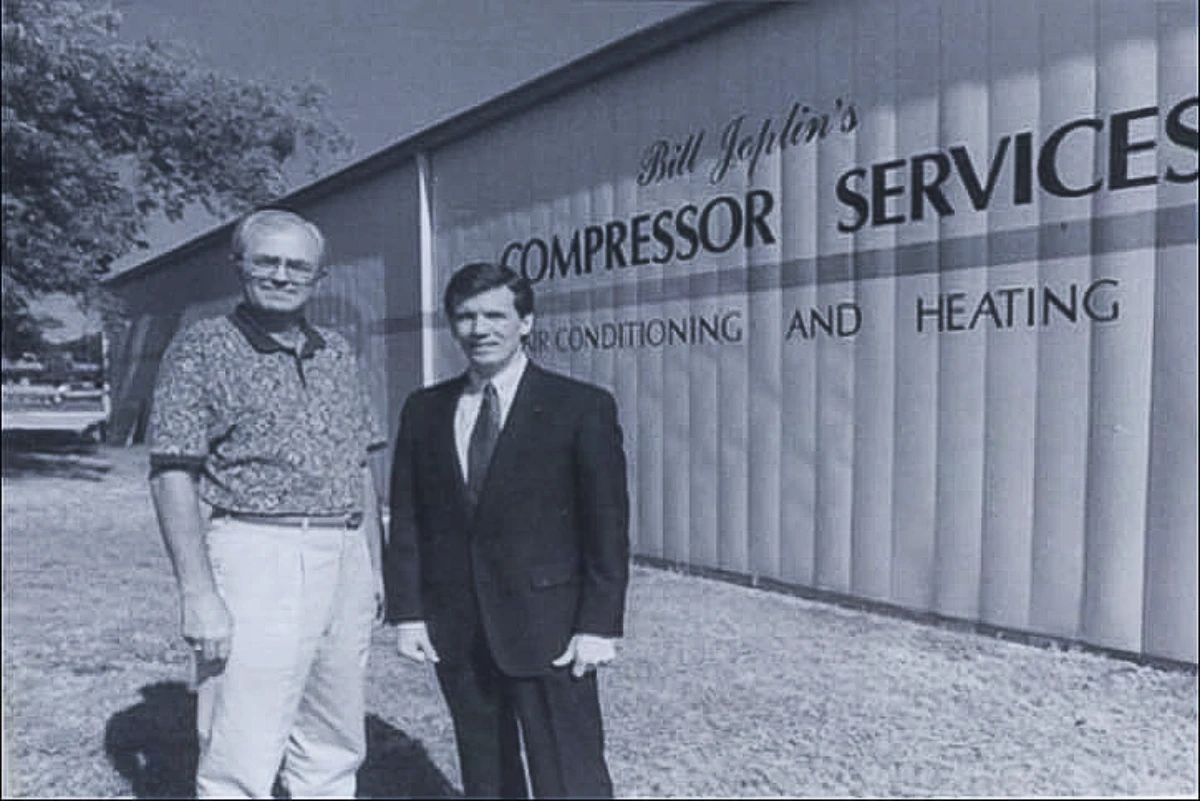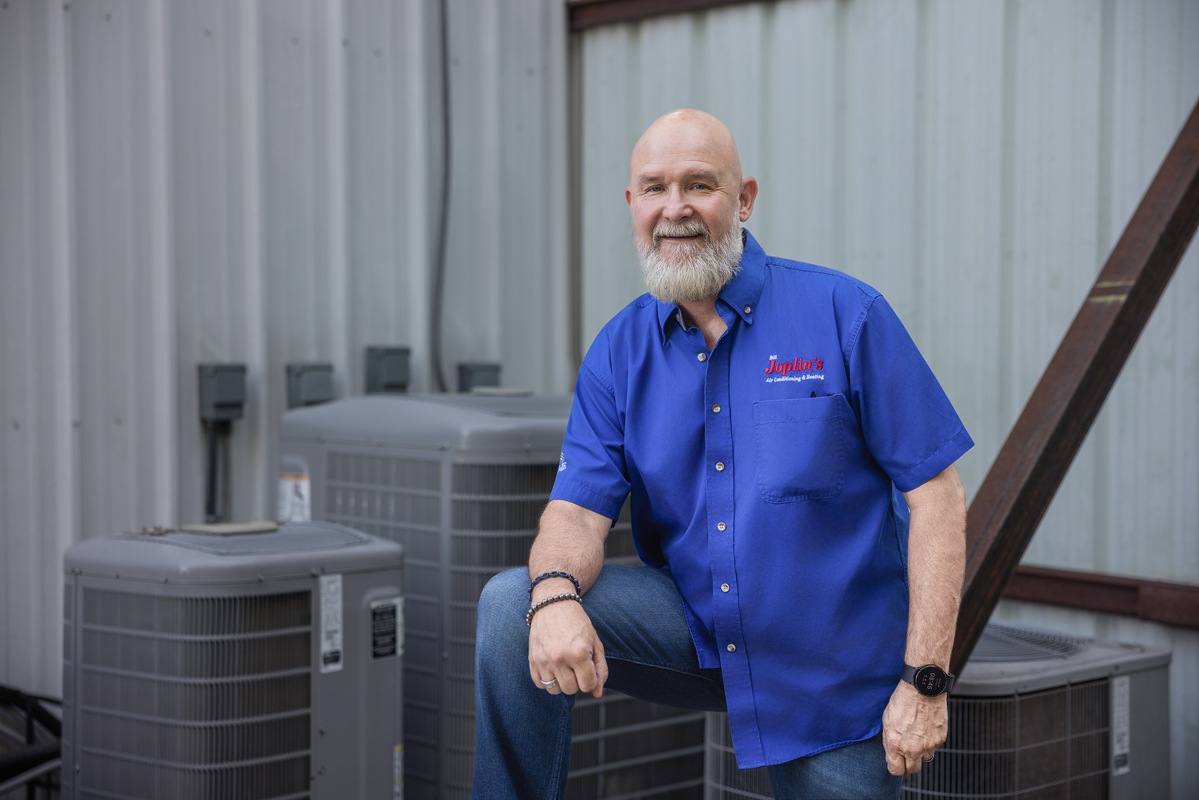Substantial improvements in HVAC equipment efficiency have helped lower energy costs while enhancing indoor comfort. Despite these significant advances, upgrading a home’s insulation still provides the highest return on investment when compared to other energy saving technologies.
Insulation Materials
Fiberglass is the most recognized insulation material. It is comprised of glass fibers that are drawn through spinning cylinders while it is in molten form. The fibers are woven together to create a material that contains millions of air pockets that slow the transfer of heat energy. Fiberglass insulation is available in pieces that are typically four or eight feet long or as loose fill material that is sprayed in the attic by a special machine.
Cellulose is the other common attic insulation material. It is made from recycled newspaper that is shredded and treated with fire retardant chemicals. Since paper is fibrous, it has inherent properties that are very efficient in controlling heat transfer. Like loose-fill fiberglass, cellulose is blown into the attic.
Understanding R-Values
R-value is a measurement used to quantify the amount of heat transmitted through a specific material over a given period of time. Fiberglass is rated at R-2.6 per inch, and cellulose is rated at R-3.8 per inch. A higher R-value is associated with better thermal efficiency, and the cumulative R-value of the insulation application is far more important than the total number of inches. Cellulose has a higher density than fiberglass and a better R-value per inch. However, it is important to consider the total R-value the contractor is providing when comparing the cost of each material.
Benefits of an Insulation Upgrade
Since high pressure always seeks out low pressure, attic insulation is exceptionally efficient in lowering thermal heat transfer. This is especially true in areas with extreme heat and humidity like Allen, TX. Upgrading attic insulation levels can provide numerous benefits including:
- Energy Savings: Most homes built before the year 2000 have inadequate levels of insulation in the attic. Over time, both cellulose and fiberglass will settle, which severely compromises the effectiveness of the thermal barrier. Depending on the age of the home and the integrity of the original material, adding enough insulation to meet current Energy Star standards can save up to 30 percent on monthly heating and cooling costs. In many instances, this results in a payback of less than two years.
- Extended HVAC Equipment Life: Since heating and cooling equipment contains many complex moving parts, it is subject to ongoing stress, especially in extreme temperatures. Upgrading attic insulation can ease the system’s workload and extend the life of the equipment.
- Fewer HVAC Repairs: Regular HVAC system maintenance is important, but reducing the thermal load on the equipment can prevent premature wear. Heating and AC units with fewer accumulated runtime hours are less likely to require costly repairs.
- Better Indoor Comfort: Buildings that are poorly insulated tend to become uncomfortable shortly after the HVAC system cycles off. When the attic insulation is brought up to modern standards, heat transfer is slowed by the thermal barrier. The indoor environment stays warmer in the winter and cooler in the summer.
Insulation is Cheaper than Fuel
The cost of adding attic insulation is less expensive than continuing to purchase energy to cool and heat an inefficient home or office. When used in conjunction with a central filter that has a high MERV rating, enhanced insulation will help keep your HVAC equipment operating reliably and efficiently for many years to come. Contact Bill Joplin’s Air Conditioning & Heating with your HVAC questions.


